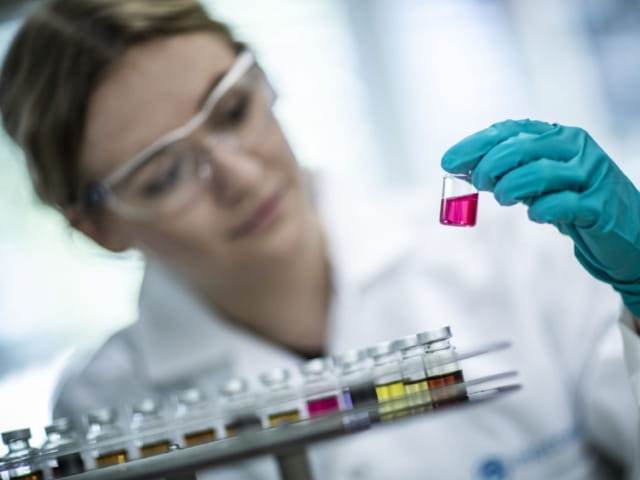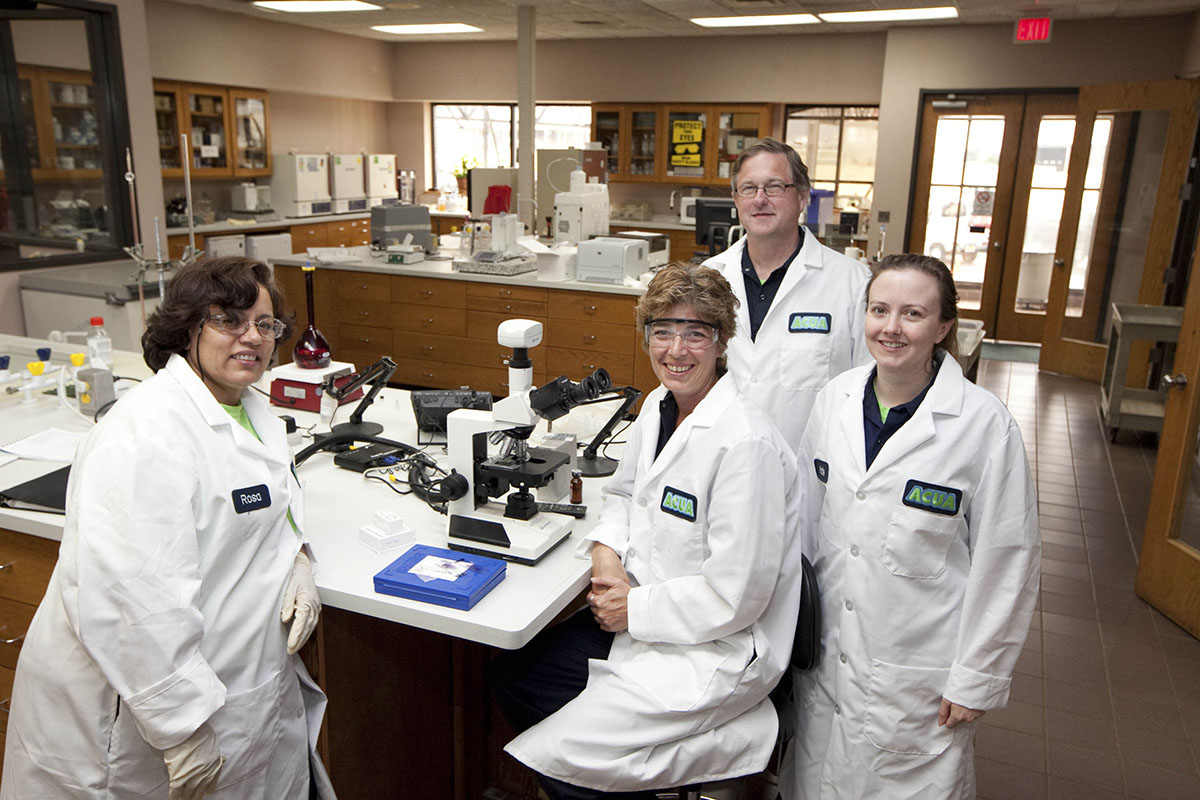Top Water Testing Service: Ensure Your Household's Safety and security Today
Wiki Article
Understand the Importance of Water Testing in Maintaining Compliance With Health Standards
In the world of public health, comprehending the value of water testing is essential for maintaining compliance with rigorous health criteria set forth by authoritative bodies like the WHO and EPA. What are the accurate approaches made use of in water testing, and how do they make certain that our most essential source continues to be uncontaminated?Trick Wellness Specifications for Water
Guaranteeing the security and high quality of drinking water is paramount, as it directly affects public health. Rigorous health requirements are developed to guard people from waterborne diseases and pollutants that can result in negative wellness impacts. The Globe Health And Wellness Organization (WHO) and nationwide companies like the Environmental Protection Agency (EPA) in the United States set standards and regulative limits for numerous physical, chemical, and organic specifications in alcohol consumption water.These requirements are based upon considerable scientific study and are regularly examined to include technological improvements and new findings. Key specifications include microbial impurities such as viruses and bacteria, chemical pollutants like lead and arsenic, and physical attributes such as turbidity and pH degrees. Conformity with these criteria makes certain that water is without harmful materials and is cosmetically pleasing to the customer.
Water testing plays a crucial duty in confirming compliance with these health standards. Normal monitoring and testing help determine prospective issues before they posture a significant health and wellness risk, allowing for prompt intervention and removal. By sticking to these standards, water suppliers can keep public confidence in the safety and security of the neighborhood's water supply, thus securing public health effectively.
Typical Contaminants Detected
When assessing water quality, what are the most common contaminants that have a tendency to be identified? Recognizing the usual impurities is essential for preserving conformity with health and wellness criteria. Microbial pathogens, consisting of bacteria like Escherichia coli and protozoans such as Giardia and Cryptosporidium, are often located in water resources, positioning substantial health risks if consumed. Well water testing services. These pathogens typically originate from fecal contamination due to insufficient wastewater therapy or runoff from agricultural locations.Chemical impurities are also a key concern. Nitrates, typically arising from agricultural plant foods, can bring about severe wellness concerns, especially in infants. Heavy metals such as arsenic, mercury, and lead, usually introduced via commercial discharge or all-natural natural resource, can have lasting hazardous results. Unpredictable organic compounds (VOCs) and chemicals, by-products of agricultural techniques and industrial tasks, additional add to water contamination.
Inorganic compounds such as fluoride and chlorine, although often intentionally included in water for health and wellness benefits, can end up being problematic at raised levels. Last but not least, emerging contaminants, consisting of pharmaceuticals and personal treatment products, are significantly being found, raising concerns regarding their prospective effect on human health and wellness and ecosystems. Attending to these impurities is crucial for safeguarding public health and wellness and making certain water top quality compliance.
Methods of Water Testing
Water testing's precision is important for ensuring and determining contaminants safety and security conformity. Well water testing services. To achieve accurate results, different methods are utilized, each tailored to spot certain impurities and align with regulatory standards. One prevalent strategy is spectrophotometry, which gauges the absorption of light by chemical substances in the water, thus identifying elements like phosphates and nitrates. This technique is helpful for its sensitivity and specificity.Chromatography is one more advanced approach made use of, specifically for natural pollutants. By separating blends right into private components, it enables in-depth analysis of intricate toxins. Gas chromatography and liquid chromatography are typically used variations, each suited for various substance types.
Microbiological screening is essential for discovering microorganisms such as bacteria, viruses, and protozoa. Techniques such as membrane filtering and multiple-tube fermentation are employed to society and recognize microbial presence. These methods are important in safeguarding public wellness by guaranteeing microbial safety and security.

Advantages of Normal Screening
Comprehending the numerous techniques of water screening highlights the necessity of regular screening techniques to keep water high quality. Regular water screening works as a positive procedure to recognize possible impurities before they rise into major health and wellness risks. By regularly keeping an eye on water quality, companies can identify toxins such as bacteria, heavy metals, and chemical deposits early, allowing for prompt interventions that stop carcinogen and costly remediation initiatives.
Furthermore, normal testing makes certain that water supply abide by recognized health and wellness criteria and guidelines. This conformity is important for preventing lawful penalties and keeping the trust of customers and stakeholders. Constant water top quality analyses assist identify trends or variations in water composition, giving beneficial information that can guide functional choices and source management strategies.
Furthermore, normal water testing fosters public self-confidence by showing a commitment to safety and transparency. In sectors such as local water medical care, food, and supply processing, keeping high water quality criteria is essential to shielding public wellness. Normal screening additionally sustains ecological sustainability by making certain that water sources are handled responsibly. On the whole, the advantages of regular water testing expand beyond compliance, improving functional efficiency, public safety, and ecological stewardship.
Steps to Guarantee Compliance
To make certain compliance with water top quality policies, companies have to implement a structured approach including both preventive and corrective procedures. Initially, an extensive threat evaluation ought to be carried out to identify potential contamination sources and susceptabilities within the water supply. This analysis informs the growth of a tailored water administration strategy that lays out details testing protocols, frequency, and specifications called for to meet governing requirements.
Subsequent to the preparation phase, companies must develop a timetable for routine water testing that complies with both local and nationwide standards. Utilizing recognized research laboratories ensures the precision and reliability of examination results. Any kind of variances from appropriate water quality requirements must trigger immediate rehabilitative activities, such as system cleansing, repair work, or modifications in treatment processes.
Additionally, preserving in-depth records of all testing activities, results, and corrective actions is crucial for demonstrating compliance throughout audits and inspections. Normal training and updates for team associated with water management procedures are vital to ensure they are conscious of present guidelines and best methods.
Conclusion
Regular water testing is essential for maintaining compliance with health and wellness requirements set by organizations such as that and EPA. By recognizing impurities like microbial pathogens, hefty metals, and chemicals, screening makes sure that drinking water continues Water Testing Service to be risk-free. Proactive tracking protects public wellness, supports regulatory compliance, and fosters self-confidence in water high quality management. Furthermore, regular testing advertises environmental sustainability and safeguards areas, preserving crucial water resources for future generations. Conformity with these standards is important for the well-being of society.In the realm of public health and wellness, understanding the significance of water screening is essential for preserving conformity with stringent health requirements established forth by reliable bodies like the WHO and EPA. By adhering to these requirements, water service providers can preserve public self-confidence in the safety and security of the community's water supply, thus securing public wellness effectively.

In fields such as metropolitan water food, supply, and healthcare handling, preserving high water quality standards is indispensable to securing public health and wellness.
Report this wiki page